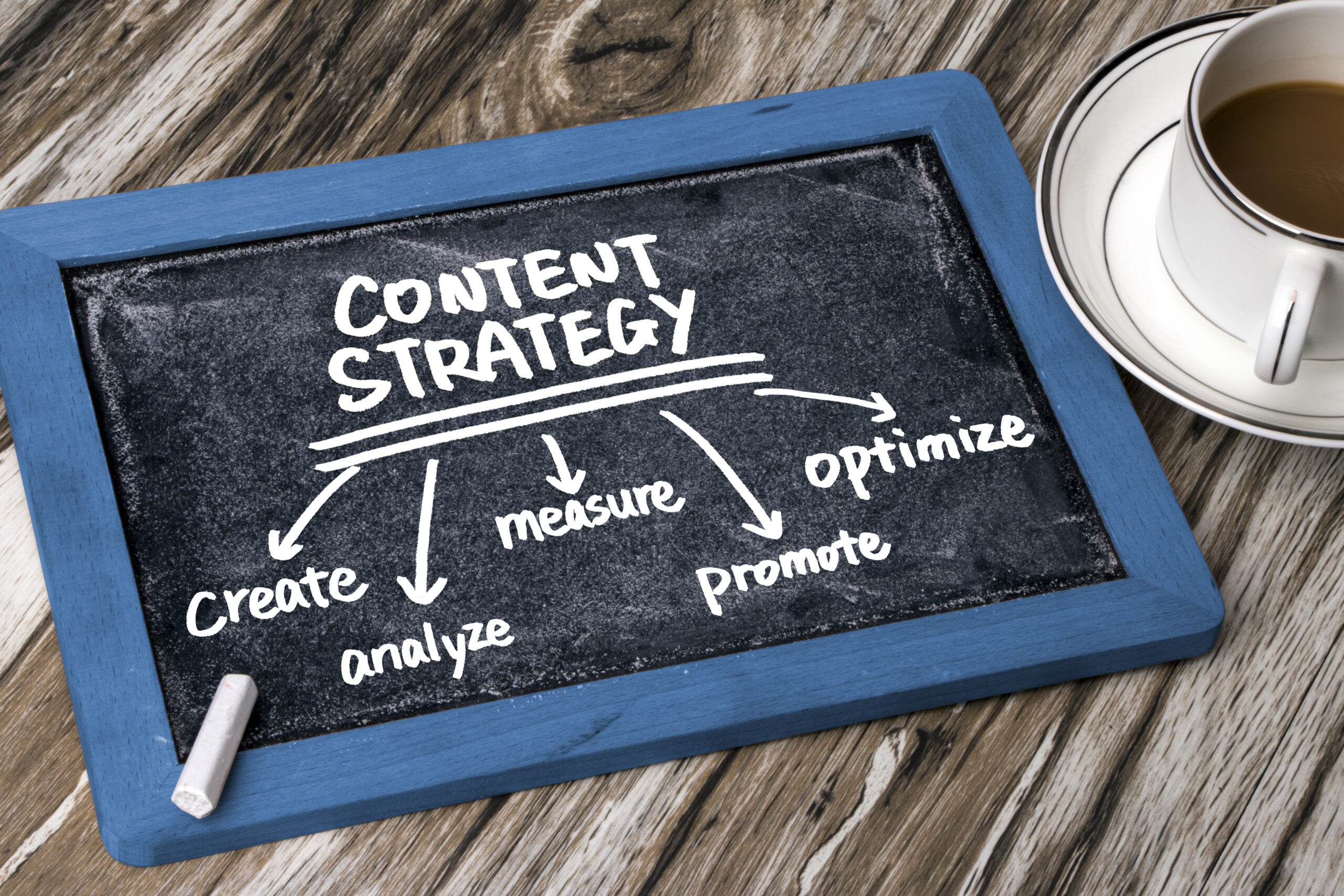Your website content is a crucial aspect of SEO.
Without it, Google would have a difficult, probably impossible, time understanding your website’s subject and ranking it appropriately in search results.
By creating informative content, you can signify your authority and increase the number of links to your website.
In this article, I’ll discuss why content significantly influences your website’s SEO and how you can optimize resources for improved rankings and results.
Why is Content Important for SEO?
Valuable content is essential for boosting your website’s visibility and rankings in search results.
It can increase your page’s authority by showing that you provide helpful answers to users’ questions.
When creating content, it’s important to understand how Google crawls and indexes your site.
Google’s spiders crawl a web page when they discover it on the internet and see what it contains.
Indexing occurs when Google attempts to understand the topic and context of a page.
It considers various items on the page, including heading tags, written content, multimedia, and alt fields like alt text.
As a result, it’s important to lay out your page correctly so Google can index it.
What Does an Ideal Web Page Layout Look Like?
Now that you understand how indexing works, let’s take a look at web page layout.
Layout matters if you want Google to find and index your content properly.
When creating a page, you should always include heading tags (H1-H6). Each page should only have one H1, the main topic or title of your page.
H2s will then branch off from the H1 and explore a topic in more detail. H3s will branch off from the H2s, and so on.
Since Google scans headings to decide their relevancy to a specific search, it’s important to keep them eye-catching and clear while using relevant keywords as appropriate (no keyword stuffing).
Another strategy is to structure your headings as questions to increase the chances of ranking for a common question.

If you concisely answer a question immediately after the heading, you may capture one of Google’s featured snippets and have your website display above the highest-ranked page in search results.
Does Google Look for Exact Matches When Indexing My Website?
When writing your website headings and content, it’s helpful to understand how Google ranks your website.
While Google may have scanned your website for specific keywords before the Hummingbird update in 2013, the algorithm has since gotten smarter.
It now takes context, synonyms, and other factors into consideration when indexing your website.
However, incorporating the right keywords and phrases into your headings and content still plays a factor.
In general, having more content is better, like a pillar page that shares in-depth information and resources on a specific topic.
A pillar page then includes internal links to other related resources on your website that provide even more detailed information about a subject.
With this kind of website layout, you can give Google many clues about the meaning and context of your content.
Does the Quality of Website Content Matter?
If you’re trying to send Google hints about the relevancy and subject of your content, you need to have content that is worthy of being linked to.
A random homepage or service page isn’t relevant to most people, and other sites probably won’t want to link to it.
On the other hand, a link to a pillar page that discusses everything you need to know about a particular topic is much more valuable from a user standpoint.
As a result, other websites looking to enrich readership and educate their audience may be more likely to link to your content.
For example, a pillar page describing everything you need to know about SEO is useful because it shares knowledge and provides actionable tips.
So, how does all of this affect your website content?
To ensure you share the best possible content, we recommend publishing well-researched, in-depth, and high-quality content.
High-quality content should have the following characteristics.
Useful Topics
It’s important to remember that all pages that rank on Google are useful in some way.
If you have something to say about a particular subject, you should include it on your website.
If it’s not useful, then it shouldn’t take up space on your site.
Useful content is content your audience wants to read and is interested in.
If users engage with the topic and you describe it in detail on your site, then search engines will want to show your website in search results.
Sharing as much information as possible about that specific topic will help your website rank higher and help other websites link back to yours.
Factual Accuracy
If you’re trying to stand out as a definitive, trusted voice on a particular subject, it’s crucial that your content is factually accurate.
When conducting outside research, use reputable sources and reference them where necessary.
You can also work with your team and subject matter experts to keep your content error-free.
Natural Language
Content should be written for human readers first and search engines second.
Don’t stuff your keywords into your pages and hope it will help your page rank; Google penalizes these tactics.
In recent years, Google has been known to prioritize content that sounds more conversational and user-friendly as search methods evolve.
With many users now employing voice search, it’s paramount to have content that answers their questions in a meaningful yet conversational way.
Helpful Multimedia
Google scans images, videos, and alt text in addition to text content; sometimes, featured snippets on search results include images.
That being said, it’s important to use multimedia that adds value to your page.
Screenshots, infographics, and overview videos are all helpful ways to depict your written content in a visually appealing way.
It’s best to select multimedia that enhances the value of your content rather than adding a few random images for the sake of having pictures.
How Do You Optimize Website Content?
Now that you understand the qualities of excellent content, it’s time to look at another strategy for optimizing your website resources.
One approach is to optimize old content in addition to publishing new content.
Posting a blog to your website and moving on to the next article isn’t enough in today’s changing world.
Your content should answer users’ questions, and you should have a goal of showing up in the “People also ask” boxes listed in Google search results.
As time passes, more questions may arise that you may not have thought about before.
By revisiting your older articles and adding fresh content that answers new and relevant questions, you’ll improve the context of your content.
You’ll also demonstrate your expertise by keeping up with trends on specific topics and updating your posts accordingly.
One way we keep up with optimizing old content is through Google Search Console.
With GSC, we can find topics we get impressions for in search results and add those ideas to our older blog articles.
Should I Include Gated Material on My Website?
Now that you understand how to enhance the quality of your content, consider how to present that content to your audience.
Gated content requires a user to provide an email or other information to gain access to a specific resource or material.
Usually, the user receives the resource via email.
Examples of gated content include ebooks, whitepapers, and case studies.
Up front, gated content will not be helpful from an SEO standpoint because search engines can’t crawl them.
If the materials live in a PDF instead of on your site, Google won’t be able to crawl and index the content.
However, including the content in these gated resources on landing pages can provide context and help Google better understand the topics your website should be known for.
Another strategy is to create multiple versions of the same content piece.
Our pillar pages are located on our website, but also include an opt-in to download a gated version.
These gated materials are identical to our pillar pages and allow users to receive a PDF version of the same content.
In this way, our content is indexable, but we can still capture intent and other information.
Additionally, users can access the PDF version more quickly and easily without depending on an internet connection.
Having a reference piece available on their desktop also lets them highlight and share relevant information.
Conclusion
As the world of SEO evolves, keeping your website up-to-date is a must.
Continually publishing valuable articles and demonstrating your understanding of trends and user queries may come with the reward of higher rankings on Google.
Take a look at your current content strategy and consider how you can publish the most useful, high-quality resources for your audience and search engines.


